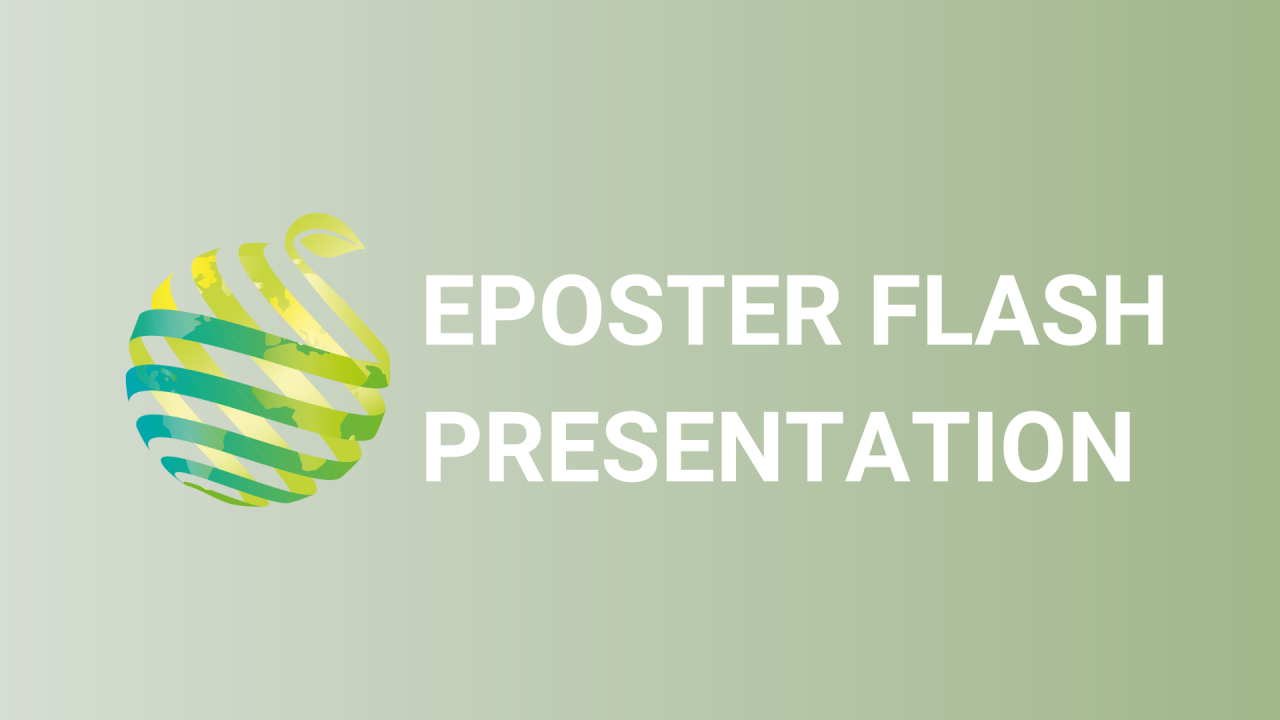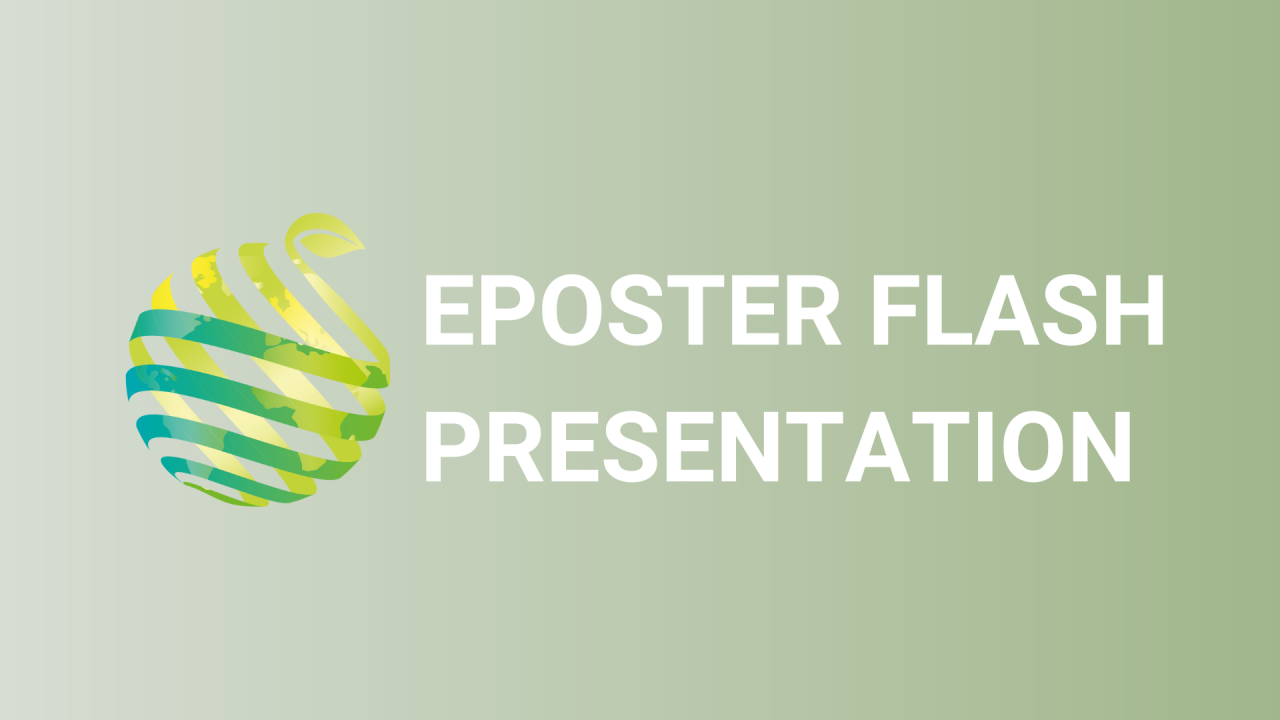

S13 - Session P2 - Calcium imaging using GCaMP6 in tomato (Solanum lycopersicum)
Information
Authors: Ryunosuke Harada *, Daisuke Kurihara, Chiaki Hori, Keitaro Yamada, Kazuhisa Kato, Yoshinori Kanayama
Blossom-end rot (BER) is a severe physiological disorder causing significant losses in tomato production. Although BER was proposed to be associated with calcium deficiency in fruit, the detailed mechanism of BER development remains unknown. Therefore, a method for analyzing tissue localization of calcium is required for comprehensive understanding of BER onset. GCaMP6, which comprises green fluorescent protein, and calmodulin, is a calcium sensor protein that shows fluorescence changes depending on the calcium concentration. Since calcium localization is likely more important for BER than calcium concentration in the whole fruit, GCaMP6 will be useful to study the mechanism of BER onset. To the best of our knowledge, there is no existing report of using GCaMP6 in fruit crops, including tomato. Hence, in this study, tomato (cv. Micro-Tom) plants were transformed using GCaMP6 with a 35S promoter. The fluorescence intensity increased in transgenic tomato leaves after wound stress treatment; however, fluorescence was not observed in wild-type plants. Increased fluorescence intensity was also observed in transgenic tomato fruit after wound and cold stress treatments. Furthermore, since calcium-mediates plant responses to abiotic stress, the results of this study indicate that fluorescence increased following an increase in calcium concentration, and GCaMP6 can be used for monitoring these increases in tomato leaves and fruit. Moreover, differences in fluorescence intensity were observed depending on the tissue and developmental stage of transgenic tomato fruit. We have established an experimental system that can induce BER with high frequency by controlling the cultivation environment, and demonstrated the relationship between BER induction and fluorescence intensity in the experimental system.